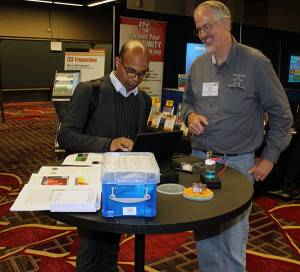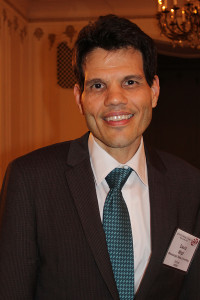
Tesla was known for discovering amazing things and then forgetting to write them down.
Image: The Oatmeal
Nikola Tesla is one of the most recognizable scientists in history; unfortunately the majority of his life was dominated by poverty, isolation, and intense emotional relationships with pigeons. Even with all of this, Telsa’s story is both inspiring, and often times even funny. Here are a few things you may not have known about Tesla.
He once made $2/day digging ditches
After graduating from university, Tesla had big dreams of revolutionizing discovery and development in electricity. He began that journey by working at Edison’s electric company in Paris, but traveled to the United States in hopes of working directly with Edison. Of course, upon seeing his potential, Edison offered him a job. However, Edison never paid Tesla the promised amount of $50,000 for the design of an improved direct current generator. With this, Tesla left Edison’s lab and dug ditches to make ends meet until he found enough backers to start his own lab.
Telsa paid an overdue bill with a “death beam”
Most people know that Tesla had quite the eccentric personality, but his later years in life really demonstrated this. Tesla picked pigeons over people and jumped from one hotel to another living a life of isolation. In an attempt to pay his overdue bill at the Governor Clinton hotel, he offered the establishment a wooden case containing a “death beam.” Tesla stated that it held a potentially war-ending weapon, but that the hotel must never open it. They listened… for a while. Once Tesla died the hotel opened the box to unveil nothing but old electrical components.







